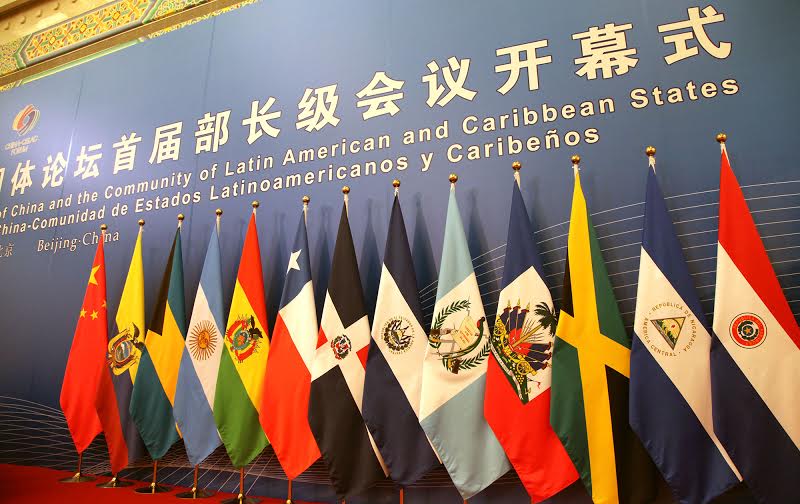Adios, Amigos
As Hillary Clinton travels through Latin America this week, the U.S. secretary of state will find it profoundly transformed from the relatively serene region she encountered as first lady in the 1990s.
This article was originally published by the Carnegie-Tsinghua Center for Global Policy on May 7, 2020.
For many years, China has relied heavily on bilateral engagement with Latin American countries to advance a range of objectives, including free trade agreements, memoranda of understanding, and long-standing mechanisms for cooperation such as the China-Brazil High-Level Coordination and Cooperation Committee (COSBAN). Even China’s recent shipments of medical equipment to the region, including donations of personal protective equipment and other forms of medical outreach following the outbreak of the coronavirus, have been mostly coordinated on a bilateral level.
But involvement in Latin America’s regional organizations is also a critical avenue for Chinese engagement with the region. It has been an area of focus, especially for China’s Ministry of Foreign Affairs, ever since its relations with Latin American countries began strengthening in the late 1990s.
There are numerous reasons for China’s growing engagement with regional organizations. For China, regional institutions such as the Organization of American States (OAS) and the United Nations Economic Commission on Latin America and the Caribbean (ECLAC) are useful windows into Latin American politics and diplomatic predispositions, as well as valuable platforms to communicate China’s own policy priorities for the region. In some cases, Chinese participation in regional forums is also aimed at limiting Taiwan’s influence in regional affairs. But China stands to derive some economic and reputational benefits from participating in certain organizations, including as a co-investor in IDB Invest, part of the Inter-American Development Bank (IDB).
To date, however, extensive US influence has impeded China’s efforts to expand its influence in the region’s well-established multilateral institutions. With US influence in mind, Beijing founded the China-CELAC Forum in 2014 in order to engage the region on its own terms. The forum has thus far served as a platform to communicate China’s main policy objectives, including those related to the Belt and Road Initiative (BRI).
Despite some challenges, China remains dedicated to engaging with Latin American regional organizations, whether by investing through the region’s multilateral banks or as an observer in other institutions. The China-CELAC Forum in particular has become a main feature of Chinese multilateral outreach in the region, having “opened a new chapter of overall cooperation” between China and Latin America, as Chinese Foreign Minister Wang Yi noted in a 2018 address. More recently, the organization’s website has prominently featured key developments in the China–Latin America relationship, including details of China’s coronavirus-related medical assistance to the region.
[…]
As Hillary Clinton travels through Latin America this week, the U.S. secretary of state will find it profoundly transformed from the relatively serene region she encountered as first lady in the 1990s.
Insulza appears to be headed for reelection as Secretary General of the OAS. The Chilean diplomat is gathering support throughout the hemisphere. The US and Venezuela are among the holdouts.
After a 7.0 magnitude earthquake struck Haiti, the aftershock reached China in ways that few anticipated.The earthquake forced Chinese leaders to navigate the tricky politics of disaster relief.
 Cancillería del Ecuador
Cancillería del Ecuador